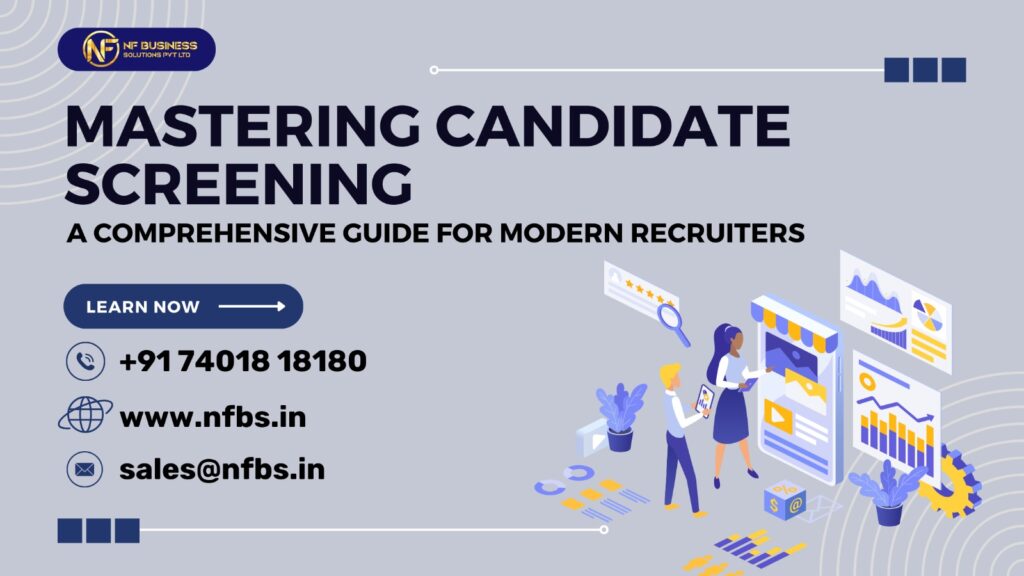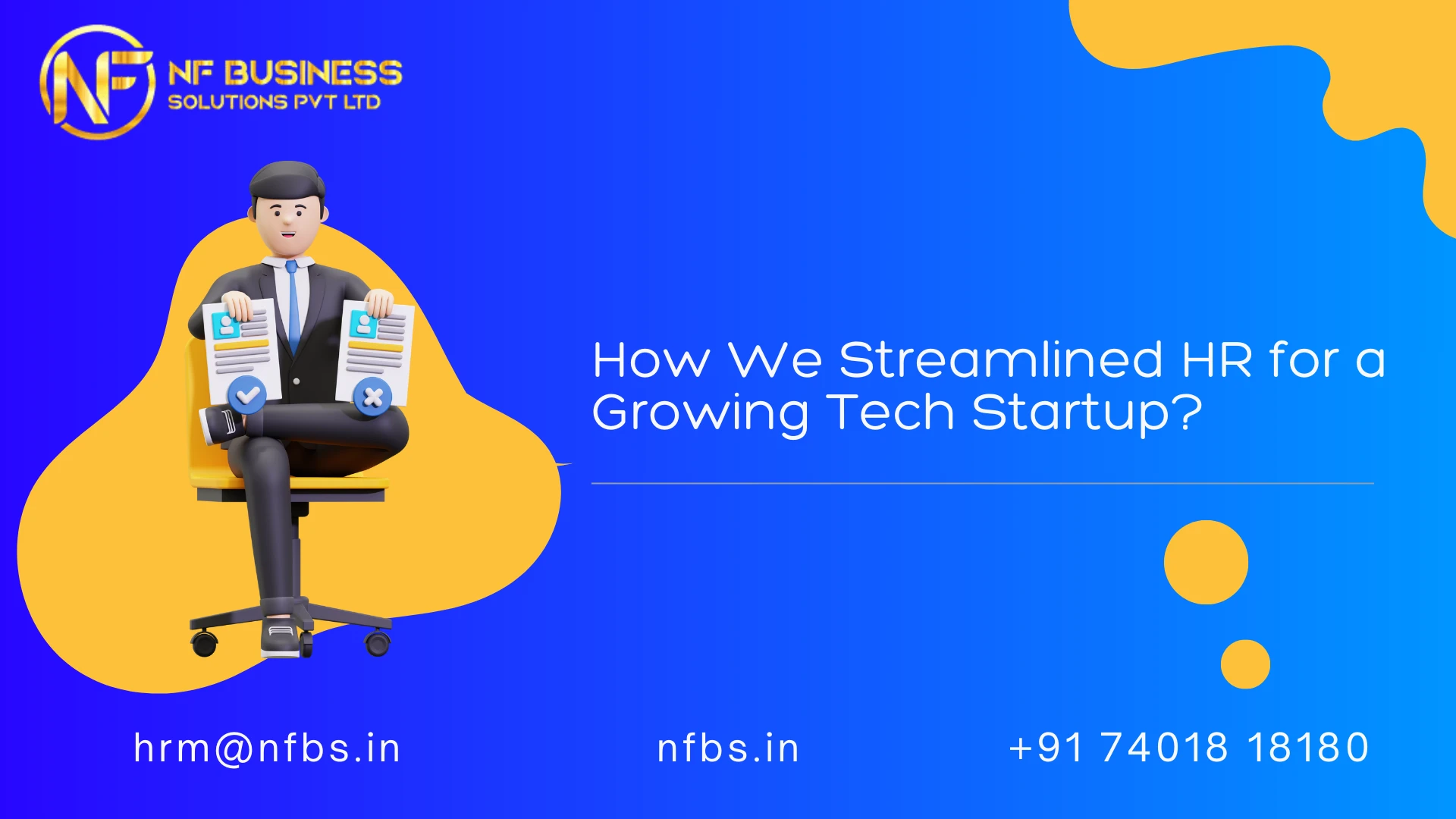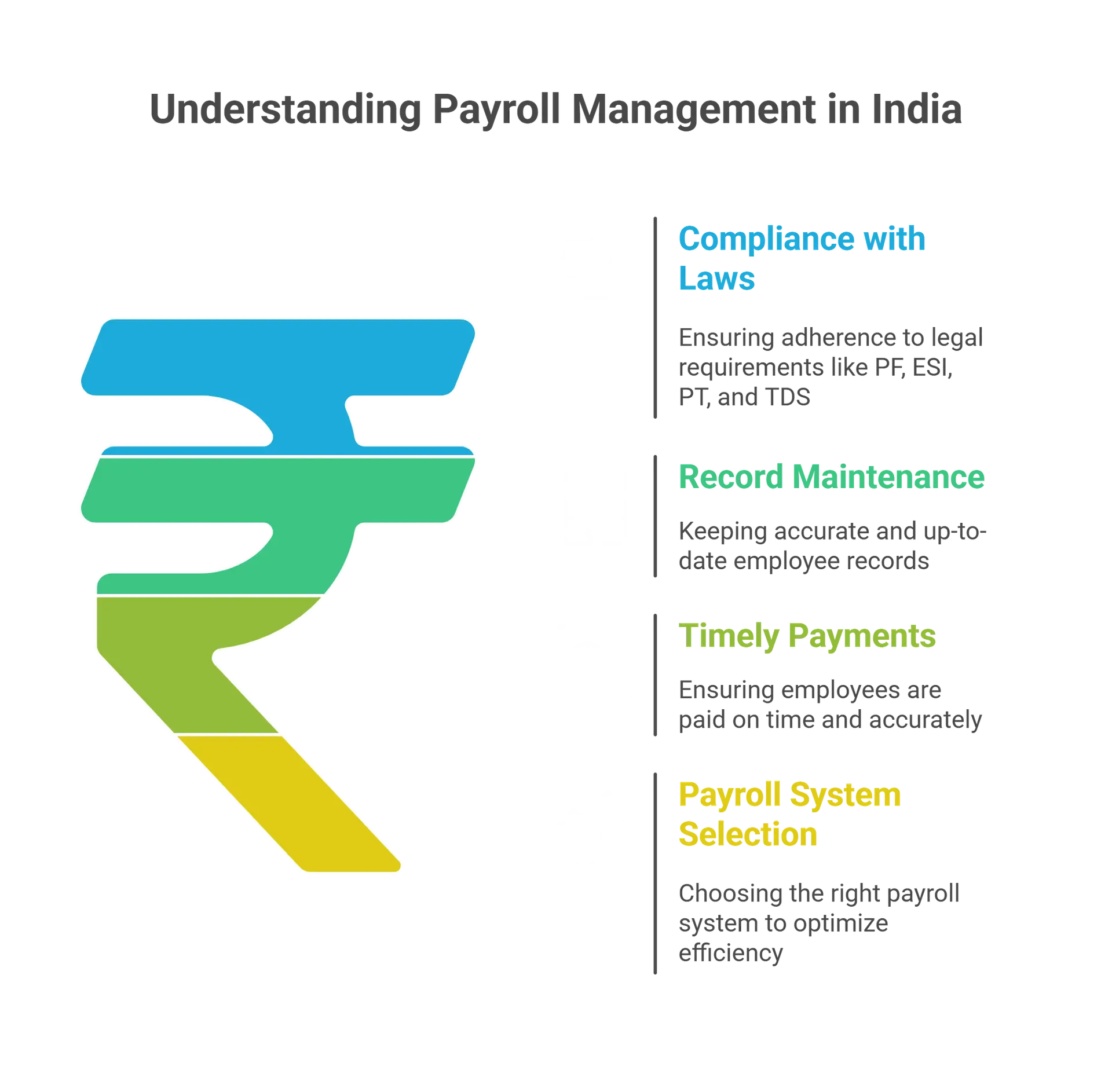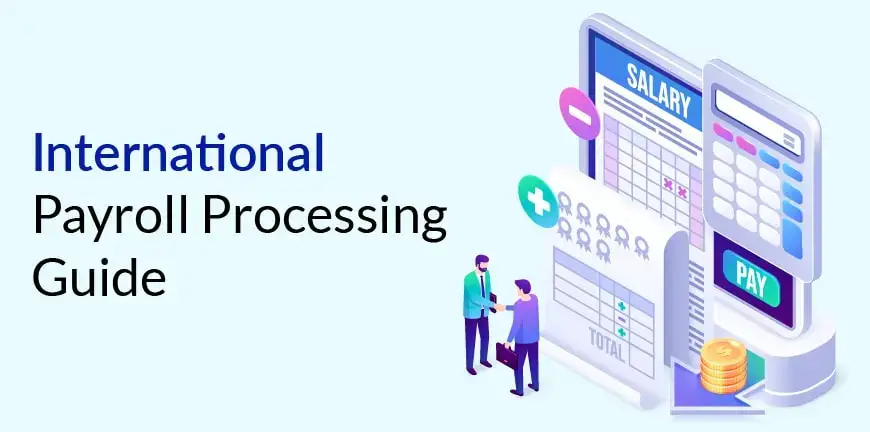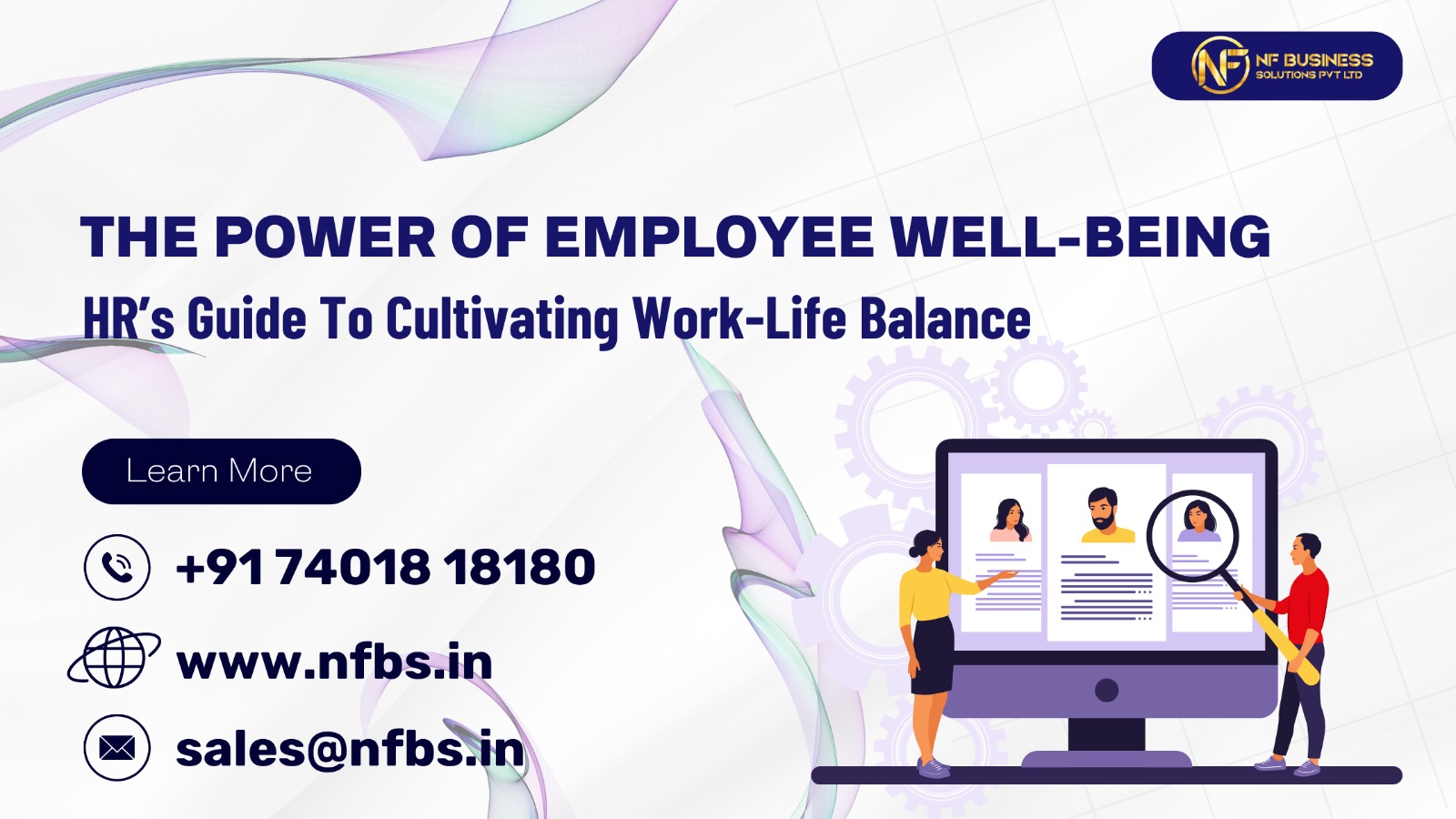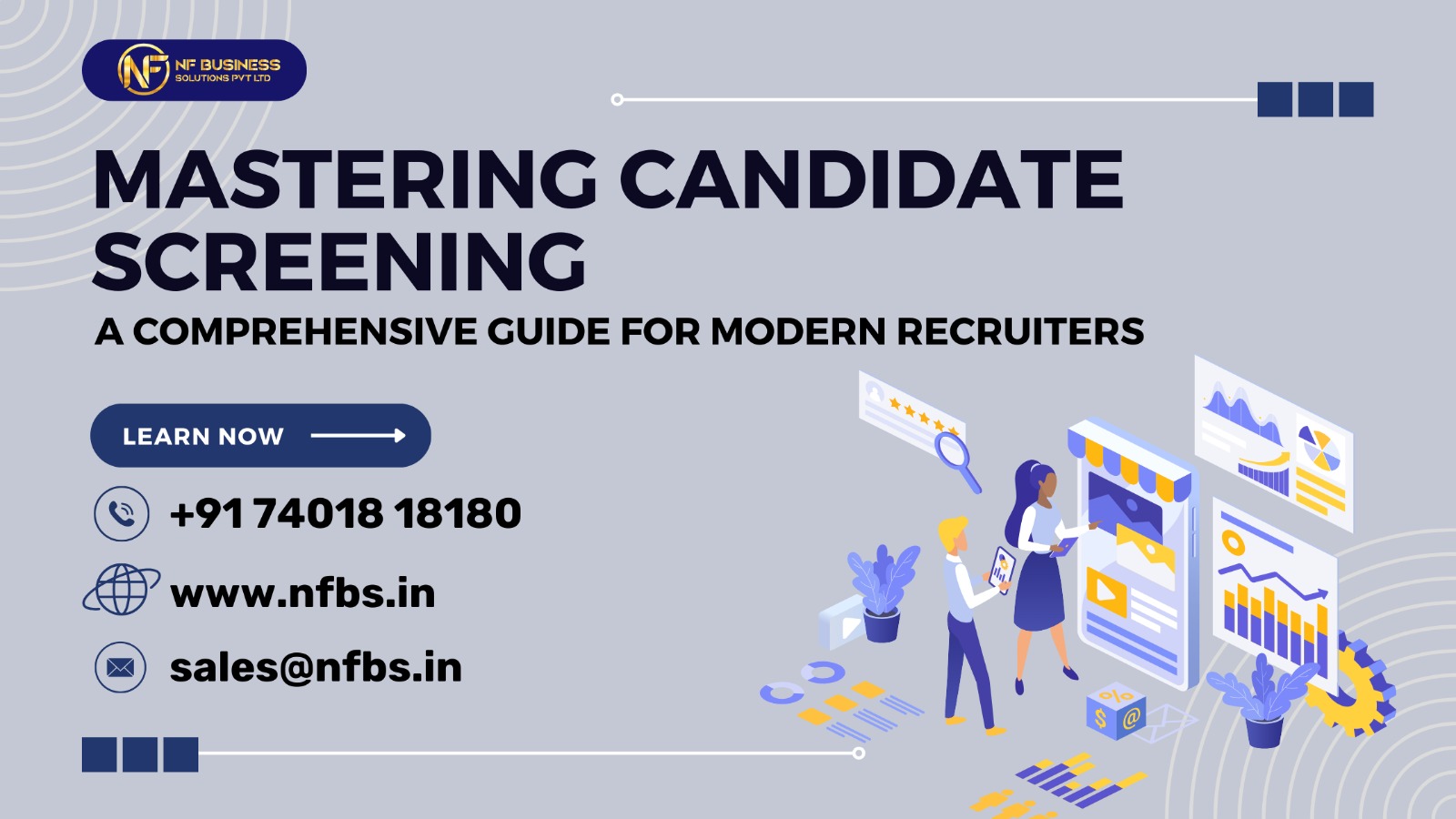Introduction- Candidate Screening
In recent years, the recruitment process has undergone significant advancements due to the rapid growth of technology. Consequently, recruiters are now able to concentrate on essential tasks and eliminate the burden of repetitive manual activities. Moreover, the screening phase in recruitment plays a crucial role in identifying individuals who are the right fit for open positions.
Candidate screening represents an indispensable aspect of the recruitment process and holds significant benefits for the future growth of the organization. This blog outlines straightforward steps and online tools that recruiters can employ to effectively carry out the screening process. Let’s explore these methods in a simplified manner.
What Is Candidate Screening in the Recruitment Process?
Imagine you’ve successfully executed your recruitment marketing strategy, attracting numerous candidates to your talent pool. But how do you determine if these candidates are suitable for your organization’s needs? To ascertain this, you must conduct a candidate screening process to identify the best fit for your open positions.
Candidate screening entails the meticulous review of job applications to identify individuals who possess the necessary skills and qualifications to excel in the role. These identified candidates are then advanced to the subsequent stages of the recruitment process. Many recruiters acknowledge that screening represents the most time-consuming aspect of recruitment. Nevertheless, it is a pivotal step as it serves to sift through the candidates and pinpoint those who have the potential to excel in the open role.
7 Phases of the Recruitment Screening Process:
Within the recruitment process, there are several distinct phases, with candidate screening being a pivotal component. This phase serves the critical purpose of identifying candidates who do not align perfectly with the role, thus significantly reducing the time and effort required by recruiters, particularly in scenarios involving mass recruitment.
Let’s delve into the intricacies of the candidate screening process.
1. Skills Assessment:
- The skills assessment phase marks the initial step in the screening process, playing a crucial role in filtering out candidates who do not meet the required qualifications for subsequent rounds. This stage serves to highlight the top-performing candidates.
- In addition to technical and logical skill evaluations, recruiters also employ non-technical assessments, including psychometric, behavioral, interpersonal, communication, situation-based, and language proficiency tests.
- Furthermore, a range of online tools is available for administering these assessments to interested candidates.
- Particularly for mass recruiters and staffing agencies, these tools streamline the screening process, saving valuable time that can be allocated to other essential tasks, such as candidate interaction and engagement.
- Upon completing these assessment tests, recruiters reap two key benefits: firstly, they gain access to a data report detailing candidates’ performance, providing invaluable insights. Secondly, underperforming candidates can be respectfully informed of their status and encouraged to reapply at a later time.
- This approach grants recruiters instant insights into candidates’ problem-solving abilities and experiences while minimizing the impact of unconscious bias. Since these tests primarily focus on critical thinking and logical reasoning, there is no room for pre-prepared or exact answers.
2. Resume and Offer Letter Review:
- The second stage involves reviewing the resumes of candidates who have successfully passed the skills assessment. Resume review remains a widely adopted method in the screening process.
- Recruiters are advised to cross-reference candidates’ resume details with their online profiles and conduct video interviews in subsequent stages.
- According to a survey by Criteria Pre-Employment Testing, as many as 78% of resumes contain misleading information, with 46% containing actual falsehoods.
- Consequently, meticulous attention must be given to aspects such as the candidate’s brief profile, work history, key skills, educational background, contact information, job-specific qualifications, spelling, and grammar accuracy.
- In the past, recruiters were limited by manual resume reading and struggled to sift through thousands of resumes during mass hiring.
- However, with the advent of technology, they now utilize online tools like resume parsers to identify suitable candidates.
- Resume parsers employ advanced search techniques, including artificial intelligence-driven screening, to match relevant keywords from the job description with candidates’ qualifications and experience.
- For many recruiters, reviewing cover letters is deemed more critical than sifting through resumes. This preference is attributed to the cover letter’s ability to offer specific reasons why a candidate wishes to join a particular role and their internal motivation for joining the company, information not typically found in a resume.
3. Phone Screening:
- Phone screening typically lasts around 30 minutes and serves as a method for recruiters to conduct brief telephone interviews with candidates.
- These interviews gather additional information about the candidates’ backgrounds, skills, and suitability for the role, assisting in the process of narrowing down the candidate pool before proceeding to in-person interviews.
4. Online Candidate Profile Research:
- Conducting online research on candidates’ profiles has become a top priority for recruiters. After reviewing their resumes and cover letters, it’s advisable to delve into candidates’ professional (LinkedIn) and personal (social media) accounts to gain deeper insights.
- This practice enables recruiters to uncover additional information about the applicants.
- The following are key parameters that recruiters should consider when evaluating candidates’ profiles:
- Ensure the candidate’s profile is complete and well-structured.
- Examine any career gaps and ascertain the reasons behind them. If the explanations appear invalid or insincere, it can raise red flags.
- Multiple job changes within a 12-month period may indicate a lack of focus or a propensity for conflict.
- Inconsistencies between the resume and online profile details may suggest that the candidate is exaggerating their skills and experience.
- Look out for spelling mistakes or typos, as they can indicate a lack of attention to detail.
5. One-Way Video Interviews:
- The one-way video interview is a method for recruiters to assess candidates’ knowledge and communication skills by reviewing pre-recorded video responses to predetermined questions.
- The advantage of this approach is that recruiters can evaluate these responses at their convenience.
- This stage allows recruiters to assess candidates’ soft skills, including communication, language proficiency, and confidence.
6. One-on-One Video Interviews:
- One-on-one video interviews enable recruiters to gain deeper insights into candidates’ character, communication skills, persuasiveness, and motivation to join the company.
- It offers a more in-depth understanding of the candidate’s qualities.
- Numerous online tools are available in the market to facilitate video interviews, automatically sending interview invitations to candidates. Recruiters can also easily reschedule or cancel meetings, with automated email notifications.
- For instance, Applicant Tracking Systems come equipped with features to update candidates automatically, enhancing responsiveness and providing a positive candidate experience.
- During video screening, candidates should pay attention to their body language, as it conveys their soft skills and communication prowess.
- Recruiters conducting video interviews should maintain a high level of professionalism, ensuring a neutral background, minimal distractions, and ideal lighting.
7. Trial Projects for Real-Time Evaluation:
- The final stage holds significant importance, as it offers candidates a real-time experience of the work they would undertake and provides recruiters with invaluable insights into their abilities.
- Reviewing thousands of resumes and conducting numerous video interviews for accurate candidate assessment isn’t practical. This stage presents a golden opportunity for recruiters to gauge a candidate’s actual skills and strengths.
- Recruiters assign real projects, problem-solving tasks, case studies, or even paid assignments. These screening stages are pivotal in the recruitment process and yield maximum benefits when executed efficiently.
Considerations for an Effective Screening Process:
- The screening process should be characterized by swiftness, efficiency, and a well-defined structure. Therefore, it’s imperative for recruiters to adopt a data-driven approach. Equally important is the candidate experience throughout the recruitment process, making regular candidate interaction essential to ensure a positive journey.
- Recruiters should also recognize that the most reliable way to assess a candidate’s true capabilities is by assigning them a real project. This precaution is necessary because candidates may not always provide accurate information on their resumes or may exaggerate in their offer letters.
- Furthermore, an efficient and streamlined process is of utmost importance. Utilizing online talent acquisition tools to automate repetitive tasks can significantly enhance the overall efficiency of the hiring process. It’s crucial to minimize the time candidates spend in the recruitment process, as lengthy procedures may lead to candidate attrition or non-acceptance of offers.
Conclusion:
The recruitment process has evolved over time, becoming more efficient with the integration of modern technology and tools. Candidate screening stands as a pivotal element within this process, offering crucial insights into an individual’s capacity to contribute effectively to the organization. Therefore, recruiters should leverage online tools such as Applicant Tracking Systems (ATS) and Customer Relationship Management (CRM) systems to maximize the benefits of the screening process.
This blog has presented a comprehensive guide to conducting effective screening. By implementing these steps, recruiters and hiring teams can enhance the efficiency and effectiveness of their screening procedures.

